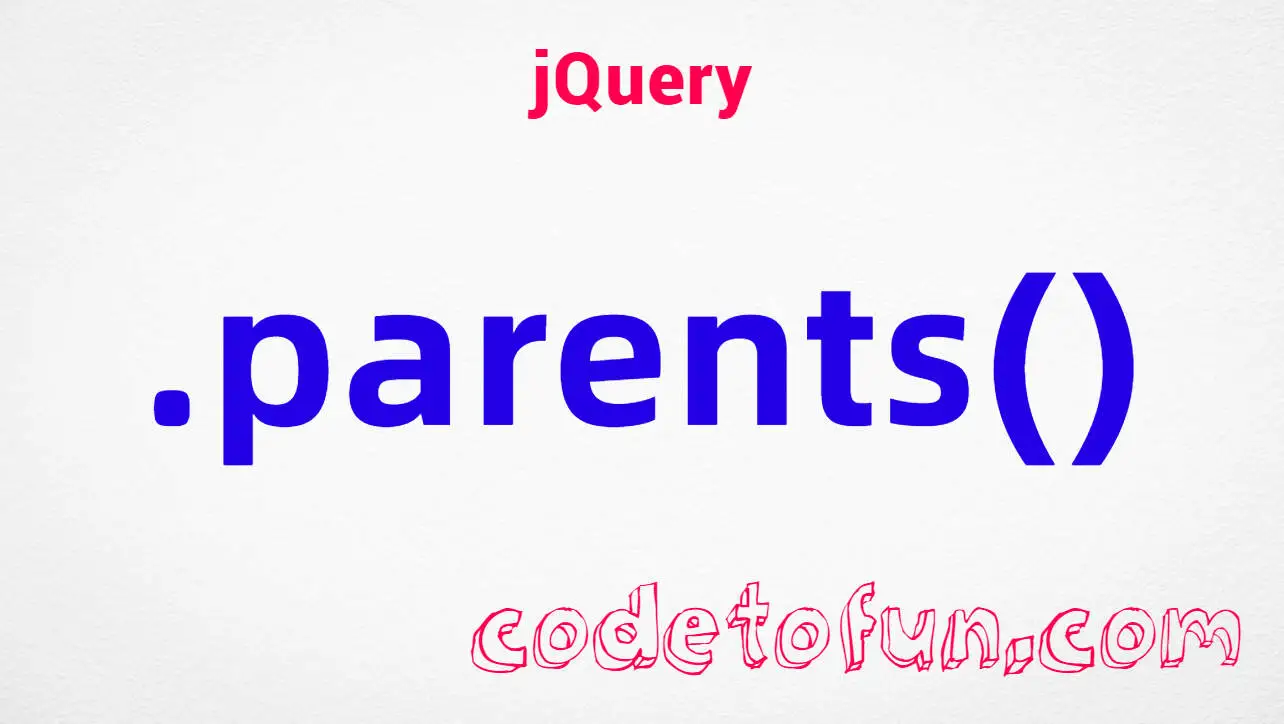
HTML Basic
HTML Reference
- HTML Tags
- <!--...-->
- <!DOCTYPE>
- <a>
- <abbr>
- <address>
- <area>
- <article>
- <aside>
- <audio>
- <b>
- <base>
- <bdi>
- <bdo>
- <blockquote>
- <body>
- <br>
- <button>
- <canvas>
- <caption>
- <cite>
- <code>
- <col>
- <colgroup>
- <data>
- <datalist>
- <dd>
- <del>
- <details>
- <dfn>
- <dialog>
- <div>
- <dl>
- <dt>
- <em>
- <embed>
- <fieldset>
- <figcaption>
- <figure>
- <footer>
- <form>
- <h1> to <h6>
- <head>
- <header>
- <hgroup>
- <hr>
- <html>
- <i>
- <iframe>
- <img>
- <input>
- <ins>
- <kbd>
- <label>
- <legend>
- <li>
- <link>
- <main>
- <map>
- <mark>
- <menu>
- <meta>
- <meter>
- <nav>
- <noscript>
- <object>
- <ol>
- <optgroup>
- <option>
- <output>
- <p>
- <param>
- <picture>
- <pre>
- <progress>
- <q>
- <rp>
- <rt>
- <ruby>
- <s>
- <samp>
- <script>
- <search>
- <section>
- <select>
- <small>
- <source>
- <span>
- <strong>
- <style>
- <sub>
- <summary>
- <sup>
- <svg>
- <table>
- <tbody>
- <td>
- <template>
- <textarea>
- <tfoot>
- <th>
- <thead>
- <time>
- <title>
- <tr>
- <track>
- <u>
- <ul>
- <var>
- <video>
- <wbr>
- HTML Deprecated Tags
- HTML Events
- HTML Global Attributes
- HTML Status Code
- HTML Language Code
- HTML Country Code
- HTML Charset
- MIME Types
HTML optgroup Tag

Photo Credit to CodeToFun
🙋 Introduction
In the landscape of HTML forms, the <optgroup> tag plays a crucial role in structuring and improving the user experience, especially in select menus.
This guide will delve into the details of the HTML <optgroup> tag and how you can leverage its power.
🤔 What is <optgroup> Tag?
The <optgroup> tag is an HTML element specifically designed for use within <select> elements. It allows you to group related <option> elements together, providing a hierarchical structure within a dropdown list.
💡 Syntax
To implement the <optgroup> tag, place it within the opening and closing <select> tags, and nest <option> elements inside it. Each <option> belongs to the respective <optgroup>.
<select>
<optgroup label="Group 1">
<option value="option1">Option 1</option>
<option value="option2">Option 2</option>
</optgroup>
<optgroup label="Group 2">
<option value="option3">Option 3</option>
<option value="option4">Option 4</option>
</optgroup>
</select>🧰 Attributes
The <optgroup> tag supports the label attribute, which defines the label or heading for the group. This label is typically displayed above the options belonging to that specific group.
<optgroup label="Group Name">
<!-- Options go here -->
</optgroup>📚 Common Use Cases
Categorizing Options:
One of the primary use cases of the
<optgroup>tag is to categorize and organize options within a dropdown menu.categorizing-options.htmlCopied<select> <optgroup label="Fruits"> <option value="apple">Apple</option> <option value="orange">Orange</option> </optgroup> <optgroup label="Vegetables"> <option value="carrot">Carrot</option> <option value="broccoli">Broccoli</option> </optgroup> </select>Enhancing User Experience:
By grouping related options together, the
<optgroup>tag improves the overall user experience by making it easier for users to locate and select the desired option.
🖥️ Browser Support
Understanding the compatibility of the <optgroup> tag across different browsers is essential for delivering a consistent user experience. Here's an overview of its support:
- Google Chrome: Fully supported.
- Mozilla Firefox: Fully supported.
- Microsoft Edge: Fully supported.
- Safari: Fully supported.
- Opera: Fully supported.
- Internet Explorer: Fully supported.
🏆 Best Practices
- Use the
<optgroup>tag when dealing with a large number of options that can be logically grouped. - Ensure a clear and concise label for each
<optgroup>to guide users effectively. - Test the select menu across different browsers to ensure consistent rendering.
🎉 Conclusion
The <optgroup> tag is a valuable tool for developers looking to enhance the organization and usability of select menus in HTML forms. By implementing this tag thoughtfully, you can create more intuitive and user-friendly interfaces.
👨💻 Join our Community:
Author

For over eight years, I worked as a full-stack web developer. Now, I have chosen my profession as a full-time blogger at codetofun.com.
Buy me a coffee to make codetofun.com free for everyone.
Buy me a Coffee












If you have any doubts regarding this article (HTML optgroup Tag), please comment here. I will help you immediately.